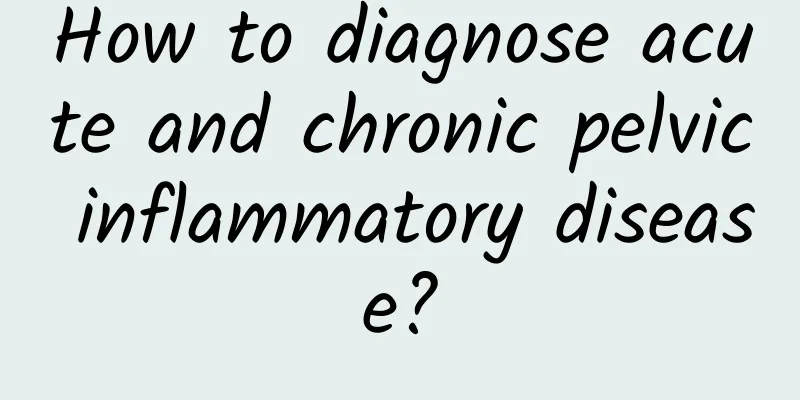Western medicine treatment of infection after artificial abortion

|
Abortion is a last resort for women to take when their contraceptives fail. It can cause a variety of complications, such as abortion syndrome, uterine perforation, intraoperative bleeding, incomplete uterine aspiration, and postoperative infection. Among them, postoperative infection is more common, and the main treatment methods include the following: 1. Treatment of vaginal bleeding when it is not severe The main manifestations of infection after abortion are fever, lower abdominal pain, turbid leucorrhea or irregular vaginal bleeding, and tenderness in the uterus or adnexal area during bimanual examination. The principle of treatment is to control the infection while removing the residue in the uterus as soon as possible. If the patient does not have much vaginal bleeding, broad-spectrum antibiotics can be used for treatment for 2 to 3 days, and then curettage can be performed after the infection is controlled. 2. Treatment when vaginal bleeding is heavy or infection is not controlled by antibacterial drugs If the patient has a lot of vaginal bleeding or the infection is not controlled after taking a large amount of antibiotics, intravenous antibiotics and blood transfusion are required. At the same time, the patient's uterine cavity contents need to be clamped out with an oval forceps to control bleeding. At this time, do not use a curette to scrape the uterine cavity to prevent the spread of infection. Continue to use antibiotics after surgery, and perform a thorough curettage after the infection is controlled. 3. Treatment of septic shock If the patient has infectious shock, active rescue measures should be taken, including oxygen supply, fluid resuscitation, rational use of vasoactive drugs, and application of glucocorticoids, etc. In addition to the above situations, if the patient has severe infection or pelvic abscess formation, surgical drainage should be performed and the uterus should be removed if necessary. |
<<: Tests to diagnose functional uterine bleeding in adolescence
>>: Western medicine treatment of bleeding after abortion
Recommend
What should pregnant women do if they have uterine fibroids? How should pregnant women treat uterine fibroids?
Uterine fibroids are not a serious disease, but s...
How to judge whether abdominal pain after abortion is normal or not? There are 3 reasons why abdominal pain is abnormal.
Whether abdominal pain after abortion is normal d...
How to treat women's habitual miscarriage
Many women who have an unexpected pregnancy are c...
What should I do if my vaginal discharge is as much as water? Pay attention to personal hygiene
Women's leucorrhea is as much as water, so th...
Increased vaginal discharge is a symptom of early cervicitis
I think women should be familiar with the existen...
Bilateral polycystic ovaries?
The symptoms of polycystic ovary include menstrua...
What are the contraindications for the treatment of uterine fibroids? What are the examination methods for diagnosing uterine fibroids?
Uterine fibroids are a common disease in women, b...
What are the symptoms of pelvic effusion?
Pelvic effusion is actually a problem that many f...
What are the causes of non-gonococcal vaginitis infection?
What are the causes of non-gonococcal vaginitis i...
Women with pelvic effusion symptoms who meet these 4 conditions should pay attention
For most women, they will have some gynecological...
Symptoms and treatments of uterine polyps Know these to understand uterine polyps
Uterine polyps are a common gynecological disease...
Dysmenorrhea may be related to uterine hypoplasia
Dysmenorrhea patients may be related to uterine h...
What are the symptoms of threatened miscarriage? What are the methods to preserve the fetus during threatened miscarriage?
Threatened abortion refers to a small amount of v...
What causes cervical hypertrophy?
Cervical hypertrophy is usually caused by cervica...
Symptoms of threatened miscarriage in early pregnancy
After becoming pregnant, pregnant mothers have a ...









